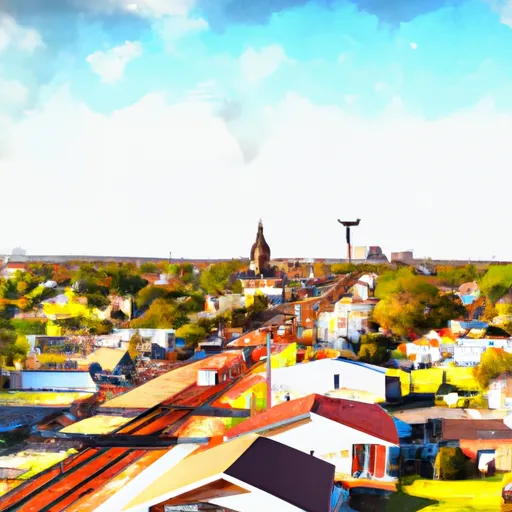°F
°F
mph
Windspeed
%
Humidity











Donaldsonville, Louisiana is located on the west bank of the Mississippi River and has a humid subtropical climate. Summers are hot and humid with highs in the 90s, while winters are mild with temperatures in the 60s. The area experiences high precipitation throughout the year, with an average annual rainfall of around 60 inches. Donaldsonville is also susceptible to hurricanes and flooding due to its proximity to the Gulf of Mexico and the Mississippi River.
The hydrology of Donaldsonville is dominated by the Mississippi River, which provides a source of water for the community. The river also offers outdoor recreation opportunities such as fishing, boating, and kayaking.
Other outdoor recreation opportunities in the area include visiting the Lake Verret Wildlife Refuge, which offers opportunities for hunting and fishing, as well as hiking and birdwatching. The nearby Bogue Chitto State Park also offers hiking, camping, and fishing opportunities in a scenic natural setting.
Weather Forecast
Donaldsonville receives approximately 1545mm of rain per year, with humidity levels near 87% and air temperatures averaging around 20°C. Donaldsonville has a plant hardyness factor of 9, meaning plants and agriculture in this region tend to thrive here all year round.
Regional Streamflow Levels
26
Cubic Feet Per Second
3
Cubic Feet Per Second
146
Cubic Feet Per Second
10
Cubic Feet Per Second
Nearby Camping
| Camping Area | Reservations | Toilets | Showers |
|---|---|---|---|
| Little Sunflower River | |||
| Clear Spgs Rec Area | |||
| Lake End City Park | |||
| Lake Bruin State Park | |||
| Natchez State Park | |||
| Grand Gulf Military Park |



